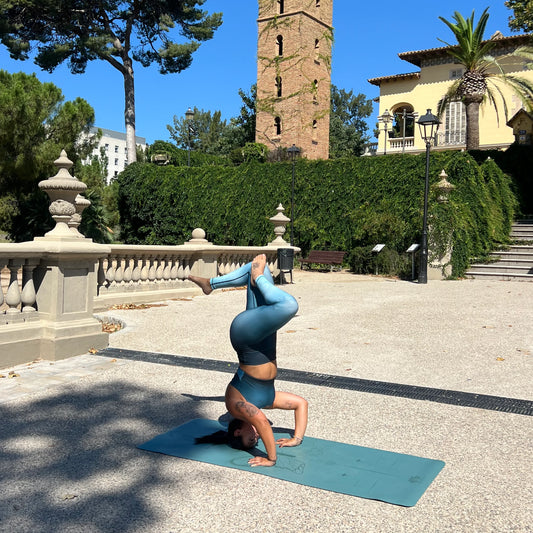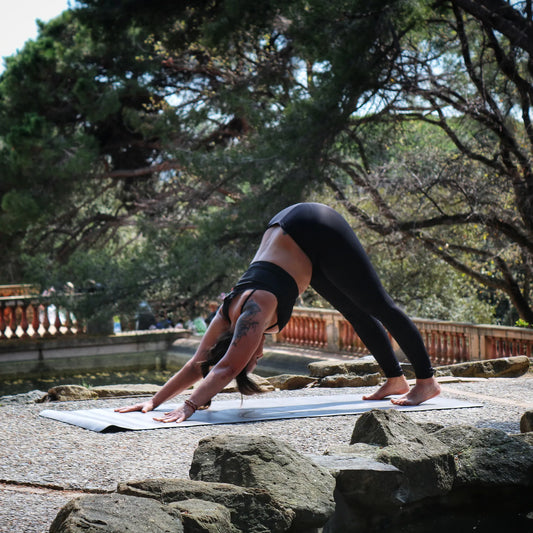Who was Patanjali?
Pat : the person to whom the Anjali is made: the Namaste gesture.
Also called Gonardiya or Gonikaputra , he was a Hindu author, mystic, and philosopher. Very little is known about him, and although his exact dates are unknown, it is estimated that he lived between the 5th and 2nd centuries BC.
Traditionally and holistically, Patanjali is known as the " Father of Yoga " and the author of the Yoga Sutras , ancient foundational texts of yoga in Sanskrit that to this day sustain the experiential science: the art of observing and living our beloved yoga.
"Patanjali was an evolved soul, incarnated by his own will to help humanity. He assumed his human form, experienced our sorrows and joys, and learned to transcend them."
(BKS Iyengar, 1918-2014)
Yoga contains immense wisdom. That's why it was necessary to compile this philosophy of life in words that resonate with the true, experiential, and divine knowledge it proposes.
👉 Click on the image and discover the "Elephant - Symbol of Protection" design. 🥰
What are the Yoga Sutras?
The Yoga Sutras not only provide yoga with a complete and coherent philosophical foundation, but also clarify many important esoteric concepts. These texts offer a harmonious balance, a truth that does not impose but rather soothes and accompanies.
His treatise on yoga is called Darsana (vision of the soul, the act of seeing the highest reality obtained through practice). It is a system for achieving spiritual growth and self-realization through meditation, breathing, and other practices.
How is it structured?
It consists of about 1200 words divided into four sections (padas) through 196 aphorisms: short and concise phrases that encompass four divisions of work, four stages of life, and four states or goals to be achieved.
These are:
- Samadhi pada (contemplation)
- Sadhana pada (practice)
- Vibhuti Pada (Powers)
- Kaivalya pada (liberation)
"Patanjali is like an Einstein in the world of Buddhas. His approach is that of a rigorous and scientific mind. He has deduced absolute laws of human beings. Simply do what he says and the result will occur."
(Osho, Chandra Mohan Jain, 1931-1990)
Classical Yoga:
Patanjali's classical yoga is a path, a method. In the second chapter of the Yoga Sutras (Sadhana pada), a general structure for developing the practice is made explicit, divided into eight parts: Patanjali's famous Ashtanga Yoga (ashta: eight; anga: parts, limbs).
These are:
- Yama
- Niyama
- Asana
- Pranayama
- Withdrawal of the senses
- Dharana
- Dhyana
- Samadhi
(We'll see them in detail in the next blog ✨!)
CONCLUSION:
In conclusion, Patanjali did not invent yoga, but he was the key figure who shaped it . He did not create the postures or meditation (these already existed thousands of years earlier).
What he did was to compile all the wisdom of his time about yoga and organize it into a book called Yoga Sutras , bringing together the integral development of the human being: thought, word, and action.
"It presents a systematic and complete understanding of the psychological, emotional, and physical transformations that occur when an individual develops enlightenment."
(Maharishi Sadashiva Isham, 1949-1997)

Namaste! 🧘








